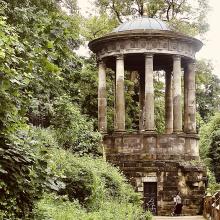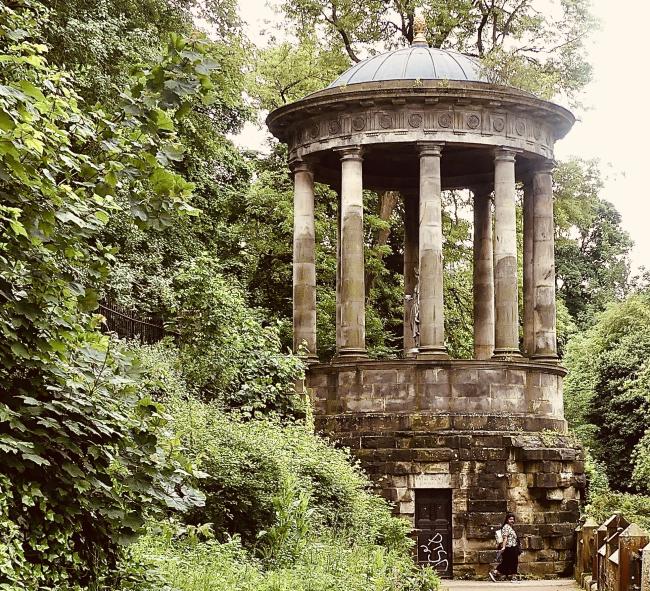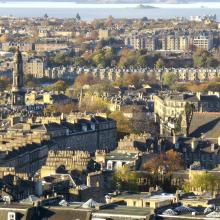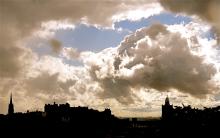
A LESSON FOR OUR TIMES
Scottish artist and architect Alexander Nasmyth (1758–1840) embarked on a Grand Tour of Europe between 1782 and 1784.
His vividest experiences during that time took place in Rome, where privileged young Scotsmen loved, whored, explored, created, learned, and discussed the then known world.
They were able to do so there in ways which were quite impossible under Scotland’s social/religious restrictions and, especially after 1783, the politically repressive regime of Henry Dundas, 1st Viscount Melville.
When Nasmyth returned to Edinburgh (eventually settling at 47 York Place), his career as a portraitist was increasingly blighted by polite society’s pragmatic suspicion of his political radicalism.
However, in 1789, he was commissioned to design a monument and pumphouse for the healthful mineral qualities of spring waters at St Bernard’s Well beside the Water of Leith.
Nasmyth chose as his model the Sibyl’s Temple at Tivoli in Italy.
His design was simultaneously a tribute to: the architectural wonder of classical Rome; the delights of sunshine, youth and libido; and the possibility of free speech and reasoned political debate between Scots.
That implicit, coded celebration was understood and repeated in works by generations of Scottish artists who went on to depict the site throughout the late 18th and early–mid 19th centuries.
Now, not all Nasmyth’s fond associations are acceptable today. But in the current climate of zero-sum debate, discursive closure and General Election tumult, perhaps some tolerant elements of the monument’s inspiration can usefully remind us of more inclusive alternatives.




